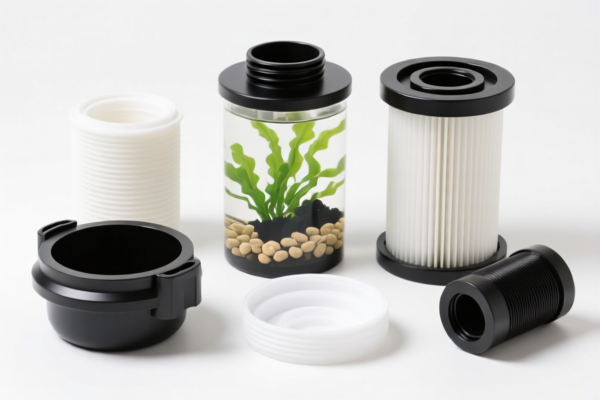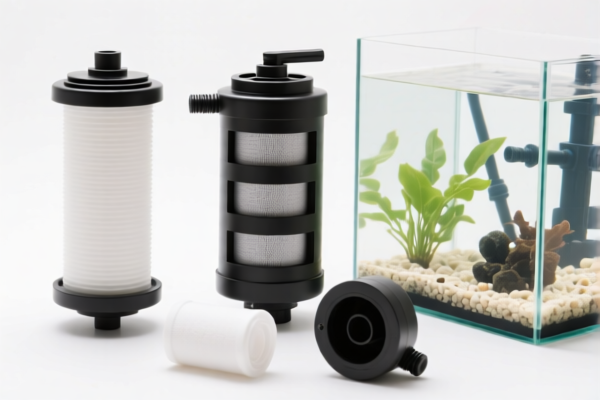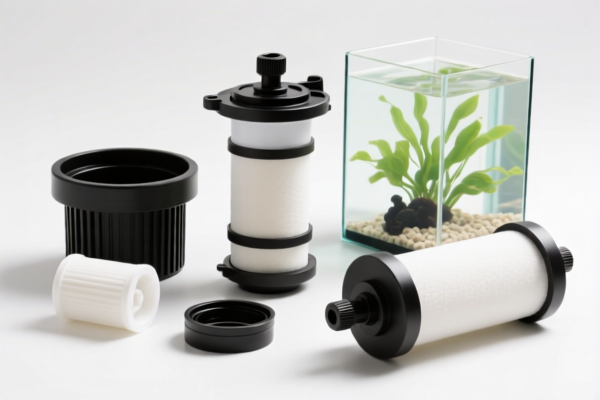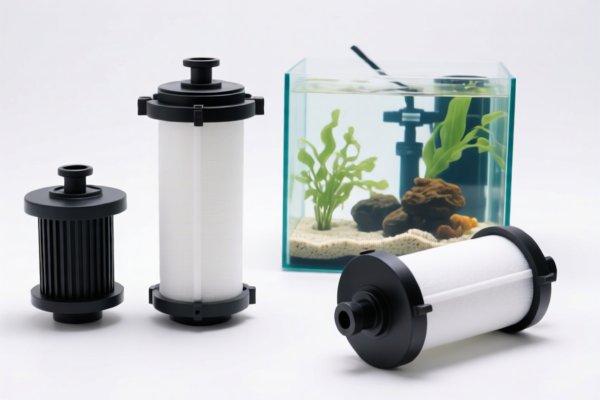| HS Code | Official Doc | Tariff Rate | Origin | Destination | Effective Date |
|---|---|---|---|---|---|
| 8414100000 | Doc | 57.5% | CN | US | 2025-05-12 |
| 8414809000 | Doc | 58.7% | CN | US | 2025-05-12 |




Aquarium Air Pump
An aquarium air pump is a device used to introduce atmospheric air into an aquarium, increasing the dissolved oxygen content of the water. This is crucial for the survival of most aquatic organisms, as they require oxygen for respiration.
Material:
- Pump Housing: Typically constructed from plastic (ABS, polypropylene) for durability and resistance to moisture.
- Diaphragm: Often made of rubber or silicone, responsible for the pumping action.
- Valves: Usually silicone or plastic, controlling the direction of airflow.
- Motor: Electric motor, commonly utilizing AC or DC power.
Purpose:
- Oxygenation: Primary function is to increase dissolved oxygen levels, supporting fish and invertebrate respiration.
- Water Circulation: When used with air stones or diffusers, pumps create water movement, aiding in gas exchange and waste removal.
- Filtration Support: Drives air-driven filters, providing mechanical, chemical, and biological filtration.
- CO2 Dissolution: Can be used with CO2 diffusers to introduce carbon dioxide for planted aquariums.
Function:
Air pumps operate by creating a pressure differential. The motor drives a diaphragm, which expands and contracts within a chamber. This action draws air in through an intake valve and forces it out through an outlet. A one-way valve system ensures that air flows in a single direction. The output is then connected to airline tubing, which delivers the air to diffusers or other devices within the aquarium.
Usage Scenarios:
- Freshwater Aquariums: Essential for most freshwater fish tanks, especially those with high bioloads or limited surface agitation.
- Saltwater Aquariums: Critical for maintaining oxygen levels in saltwater tanks, which often have higher oxygen demands.
- Planted Aquariums: Used to circulate CO2 and provide water movement for plant growth.
- Quarantine Tanks: Important for providing supplemental oxygen to sick or stressed fish.
- Ponds: Larger air pumps and diffusers are used to oxygenate ponds and prevent stagnation.
Common Types:
- Diaphragm Pumps: Most common type, known for their reliability, quiet operation, and affordability.
- Piston Pumps: Older technology, generally louder and less efficient than diaphragm pumps.
- Linear Air Pumps: Utilize a linear motor to drive the air flow, often more compact and energy-efficient.
- Battery-Operated Air Pumps: Useful for power outages or temporary setups.
- USB Air Pumps: Small and convenient for nano tanks or travel.
- Double/Multi-Outlet Air Pumps: Designed to power multiple air stones or devices.
Aquarium air pumps fall under the category of air or vacuum pumps, air or other gas compressors and fans. These pumps are used to introduce air into aquariums to provide oxygen for aquatic life and maintain water circulation.
The following HS codes are relevant:
-
8414100000: This HS code covers vacuum pumps. While aquarium air pumps aren’t strictly vacuum pumps, they fall within the broader classification of air or vacuum pumps.
- 84: Chapter 84 relates to Nuclear reactors, boilers, machinery and mechanical appliances; parts thereof.
- 14: Heading 14 specifically covers air or vacuum pumps, air or other gas compressors and fans; ventilating or recycling hoods incorporating a fan, whether or not fitted with filters; gas-tight biological safety cabinets, whether or not fitted with filters; parts thereof.
- 100000: This subheading denotes vacuum pumps.
- Tax Details: The base tariff is 2.5%, with an additional tariff of 25.0% currently in effect, increasing to 30% after April 2, 2025, resulting in a total tariff of 57.5%.
-
8414809000: This HS code covers "Other, except parts". This would apply to aquarium air pumps that don't specifically fall under the vacuum pump classification.
- 84: Chapter 84 relates to Nuclear reactors, boilers, machinery and mechanical appliances; parts thereof.
- 14: Heading 14 specifically covers air or vacuum pumps, air or other gas compressors and fans; ventilating or recycling hoods incorporating a fan, whether or not fitted with filters; gas-tight biological safety cabinets, whether or not fitted with filters; parts thereof.
- 809000: This subheading denotes "Other, except parts".
- Tax Details: The base tariff is 3.7%, with an additional tariff of 25.0% currently in effect, increasing to 30% after April 2, 2025, resulting in a total tariff of 58.7%.
Customer Reviews
No reviews yet.